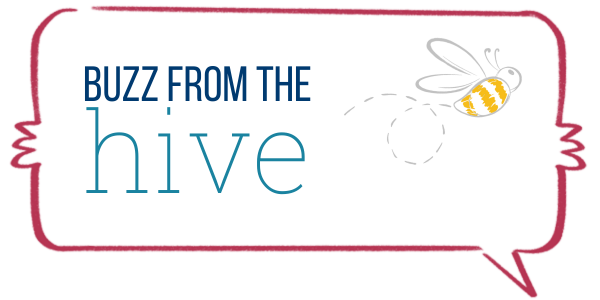
When last I wrote about the bees I asked you to cross your fingers for the new queen to survive. AND IT WORKED!
I have to admit to being baffled more than once in the last month. Since releasing the new queen into the hive I have not seen her. But, I know she’s there because without a queen’s pheromones, a worker bee (or 10) will start laying eggs, and that didn’t happen. I sincerely thought there were no eggs or brood at all… but checking the bees on the warm Wednesday last week, there are MORE bees than before. There must have been eggs in the bottom box that I missed. That’s *incredible* for October/November.
 So now what? Now we are in winter survival mode ; and it's going to be tough. Faithful readers will remember that this colony's population bottomed out in August when half of the bees swarmed. Their numbers should have rebounded when the heir apparent queen started laying, but she didn't survive her mating flight. That means their numbers were low and dropping at exactly the time they should have been preparing for winter. They may have the numbers now to keep warm, but what will they eat?
So now what? Now we are in winter survival mode ; and it's going to be tough. Faithful readers will remember that this colony's population bottomed out in August when half of the bees swarmed. Their numbers should have rebounded when the heir apparent queen started laying, but she didn't survive her mating flight. That means their numbers were low and dropping at exactly the time they should have been preparing for winter. They may have the numbers now to keep warm, but what will they eat?
Bee colonies should have 80-100 pounds of honey stored so that they have food near them at all times. They cluster together for warmth, starting in the bottom box and moving upward over the winter as they eat the stores near them. This colony doesn't have anywhere near the required amount of honey, which means they will need to be able to travel up to the feeding shim where they can eat the food I can provide them. If it's too cold in the hive, they will prioritize staying in the cluster and starve to death.
I've been feeding them 2:1 sugar water while the days are still warmish because the temperature of the liquid needs to be above 50 degrees for them to be able to drink it. In prior years I have also provided them with home made hard candy for the colder days. They have never really seemed to care for that so this year I made them fondant (marshmallows and a ridiculous amount of powdered sugar). They also have a pollen patty (a brown congealed slab they're not too fond of, but they'll eat it in a pinch). This is what they'll have available when the temperatures are too cold for their preferred liquid food.
In the photo, the insulation you can see on the hive box is their fall jacket, you might say. The thin insulation panels on the sides are just for these warmish late fall days. The black box has insulation in it as well. In my next update I’ll show you their winter coat; a custom designed and built outer cover made of heavy insulation to keep the warmth in and the wind and elements out. It has a lid so I can remove just the top to add more food without disturbing the cluster.
So! Once again I've been amazed by the bees. Their queen has given them a chance at survival by increasing their population. It will be a more active winter of beekeeping for me than years prior as I actively monitor the temperatures for any days when I can give them sugar water and keep an eye on their fondant supplies.